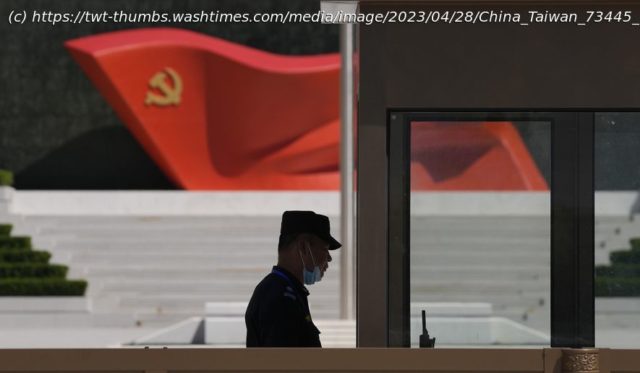Array
Policymakers must defy increasingly effective and sophisticated Chinese disinformation efforts if they are to get a realistic grasp of the issues and keep East Asia’s hot spots from exploding into war.
Amid an intensifying China-U.S. battle for influence raging across multiple domains – ideological, political, economic, military – this was a key message that emerged from the “Toward Peace in the Indo-Pacific” forum, organized Thursday in the South Korean capital by the Universal Peace Federation.
Given East Asia’s economic dynamism and the potential for conflict in numerous areas, the region’s import is obvious even to distant leaders.
“Developments in the Indo-Pacific are having an impact on Southeast Europe,” Kosovo Premier Albin Kurti told the UPF forum. “India, China and Indonesia account for more than half of the world’s population, … 60% of world GDP is concentrated [in the region], and it is home to seven of the world’s largest armies.”
With carnage engulfing Ukraine, Asia conflicts sometimes struggle to make it to the front pages, but analysts say several crises are quietly simmering and threaten to boil over.
Ex-Austrian Minister of Defense and House Speaker Werner Fasslabend said that three Indo-Pacific flashpoints – the divided Korean peninsula, Taiwan and the South China Sea – are “probably the hottest spots you can find in coming years.”
“What can be the means to secure peace?” Mr. Fasslabend asked.
The forum’s organizer, the UPF, is a global body founded by Moon Hak-ja, widow of the late Rev. Moon Sun-myung. The couple also founded The Washington Times.
China’s genius for disinformation
China, forum participants agreed, stands out as the key to all three crises, either as a possible brake on potential North Korean aggression or as an accelerant in the clash with the U.S. and its allies over Taiwan and control of the South China Sea. China’s increasing efforts to try to shape the narrative with disinformation – an art at which China has historically excelled – are making all three problems harder to solve.
China’s “grey zone” tactics in the information wars are nothing new in the land that birthed master strategist Sun Tzu.
“Chinese strategy has a tremendous concern with manipulating the other side’s view,” said Michael Pillsbury, a leading Sinologist who has worked on China policy with multiple U.S. administrations.
This approach is visible in three Chinese characters “fa,” “xi” and “mow,” which, combined, mean to counter, thwart or block the adversary’s strategy. The third character is also linked to deception, Mr. Pillsbury, whom some consider a China hawk, explained.
Related characters include “ma” – a sense of numbness or laziness – and “bi” – to prevent or paralyze. Combined, they mean lulling the opponent into complacency, Mr. Pillsbury said.
But one danger of disinformation is that it raises conflict risks, as neither side is getting or giving an accurate assessment of the dangers in store.






